The Countryside
Braughing Parish spans the Quin valley and is crossed by a large number of footpaths, byways and bridle paths. The Parish Paths Group, which is a sub-committee of the Parish Council, in partnership with the County rights of Way Officer, have worked hard to ensure the paths are kept clear and open so that everyone can enjoy our lovely countryside.
The parish is a stronghold for many threatened farmland birds – such as yellowhammers and corn buntings – and is an important wintering site for migrant birds like fieldfares, redwings and golden plovers. There are frequent sightings of fallow, roe and muntjac deer together with badgers and hares. In spring and summer the paths are covered in wildflowers including orchids, and these in turn attract butterflies and moths. In autumn the paths are dripping in fruit which is irresistible to many species of birds and animals.
www.braughing.org.uk/village-walks
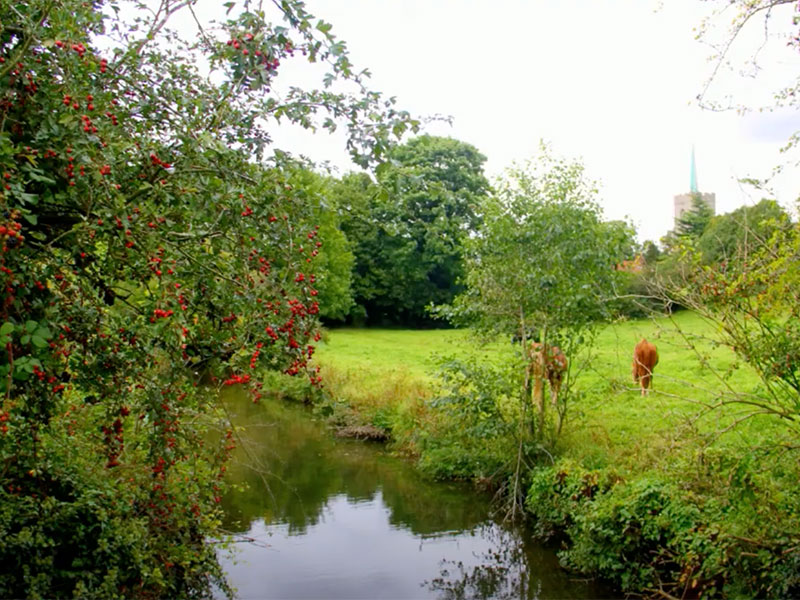
Saint Mary’s Church
Built on the site of a pre-existing Saxon Church. In 1220 the building of Saint Mary’s Church was started, but the majority of it was built around 1416. A major restoration was undertaken in 1888, followed by a more recent renovation in 2010. The church comprises of three main buildings and the tower houses 8 bells which were donated between 1615 and 1745. One distinctive feature is a small red-brick chapel built for the Brograve family in 1638.
The Friends of St Mary’s – The St Mary the Virgin, Braughing Restoration Trust – registered charity no.1092636
In June 2002, The St Mary the Virgin, Braughing Restoration Trust, known as Friends of St Mary’s, was set up to raise funds for the maintenance, restoration and improvement of the fabric of the Church building. All monies raised are spent on specific projects to do with the ‘bricks and mortar’ of this Grade I listed building.
www.braughing.org.uk/st-marys-church/churches
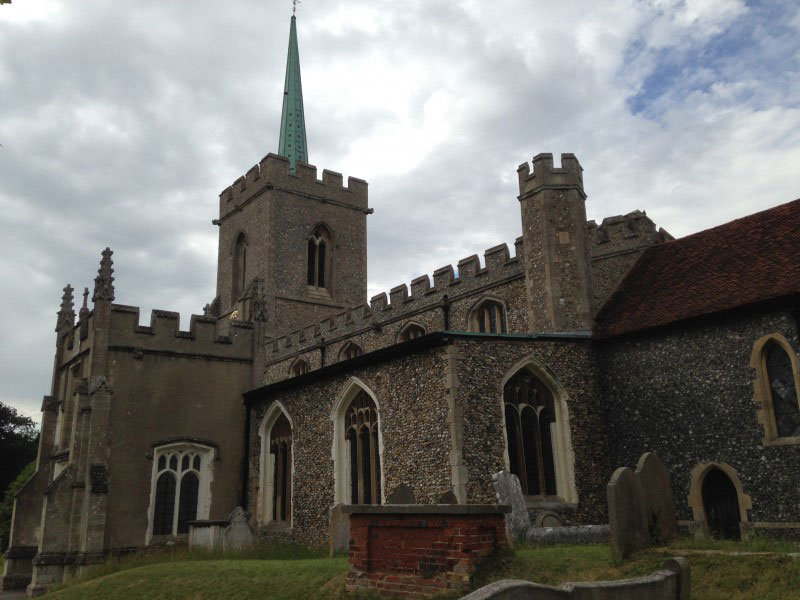
Wheelbarrow Race
The Braughing Wheelbarrow Race was started more than 50 years ago in 1964; the race now starts and finishes at the village ford. When the race was first run, fifty years ago, it started at The Adam and Eve pub in the Hamlet of Hay Street. Teams of two, in fancy dress, push a wheelbarrow around a 400 metre course (the route was originally around a mile in total) through the village streets with each person taking turns to push the barrow while the other team member sits in it. The race finishes with the barrows being pushed into the dammed up ford, while the racers are pelted with flour bombs. The event now incorporates the Braughing village fair and is usually held on the first weekend in July.
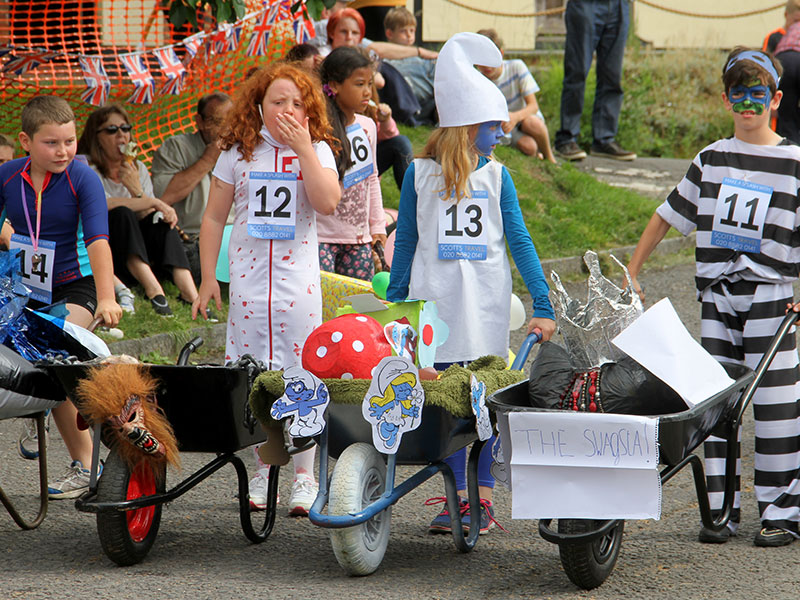
Henry Moore Foundation
The Henry Moore Foundation was founded by the artist and his family in 1977 to encourage public appreciation of the visual arts. Today we support innovative sculpture projects, devise an imaginative programme of exhibitions and research worldwide, and preserve the legacy of Moore himself: one of the great sculptors of the 20th century, who did so much to bring the art form to a wider audience
Henry Moore Studios & Gardens, Dane Tree House, Perry Green, Herts, SG10 6EE, United Kingdom
T: +44 (0)1279 843 333 www.henry-moore.org
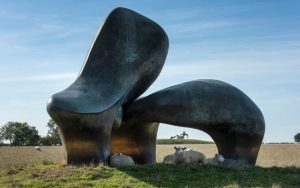
Braughing Railway Station
Buntingford was one of the many thriving market towns in East Anglia that was bypassed by chance or design by the main lines. When a bill to construct a new route between Ware & Cambridge passing through Buntingford failed, a public meeting was held on 1st August 1856 in Buntingford to discuss the feasibility of building a branch line to the town from Hertford or Ware. At a second meeting later that year a route from the Eastern Counties Railway’s Hertford branch to Buntingford was adopted and an application was put before parliament on 11th November 1857 for the incorporation of the Ware, Hadham & Buntingford Railway
www.disused-stations.org.uk/b/braughing
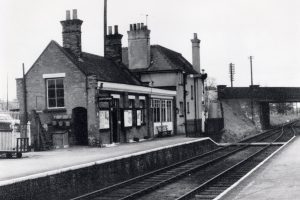
Early History
Braughing
Settled habitation began in the Iron Age, around the 3rd century BC. Braughing is thought to have been a trading post, as it is situated on the navigable extreme of the Rib, providing a route to the larger River Lea.
Close to Braughing there was a significant Roman town, situated near to several major Roman roads, including Ermine Street (now the A10), Stane Street (now the A120) and the Icknield Way. The town was a Roman industrial centre for the manufacture of pottery. When the River Rib is in full flood, bricks, tiles and other more interesting artefacts from the Roman settlement are washed from its banks.
After the Roman period it was settled by the Anglo-Saxons: the earliest form of the name Braughing is Breahinga: Old English for the people of Breahha. It is mentioned in the Domesday Book of 1086. Braughing is located at the junction of 5 roads which made it an ideal settlement for trade. Agriculture was an important feature of the local economy. Sheep farming and grain were the most important.
www.braughing.org.uk
